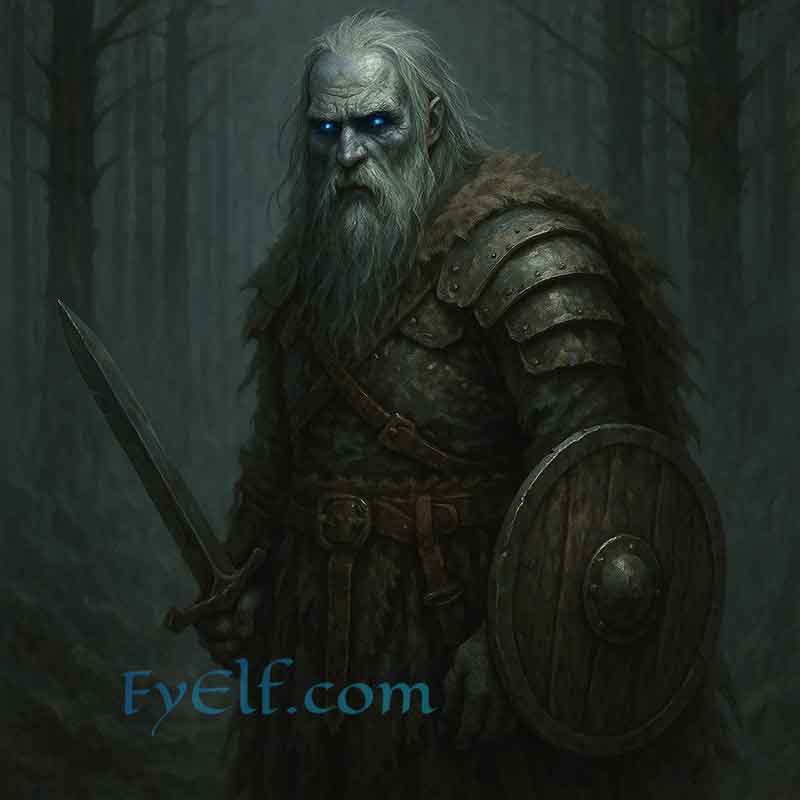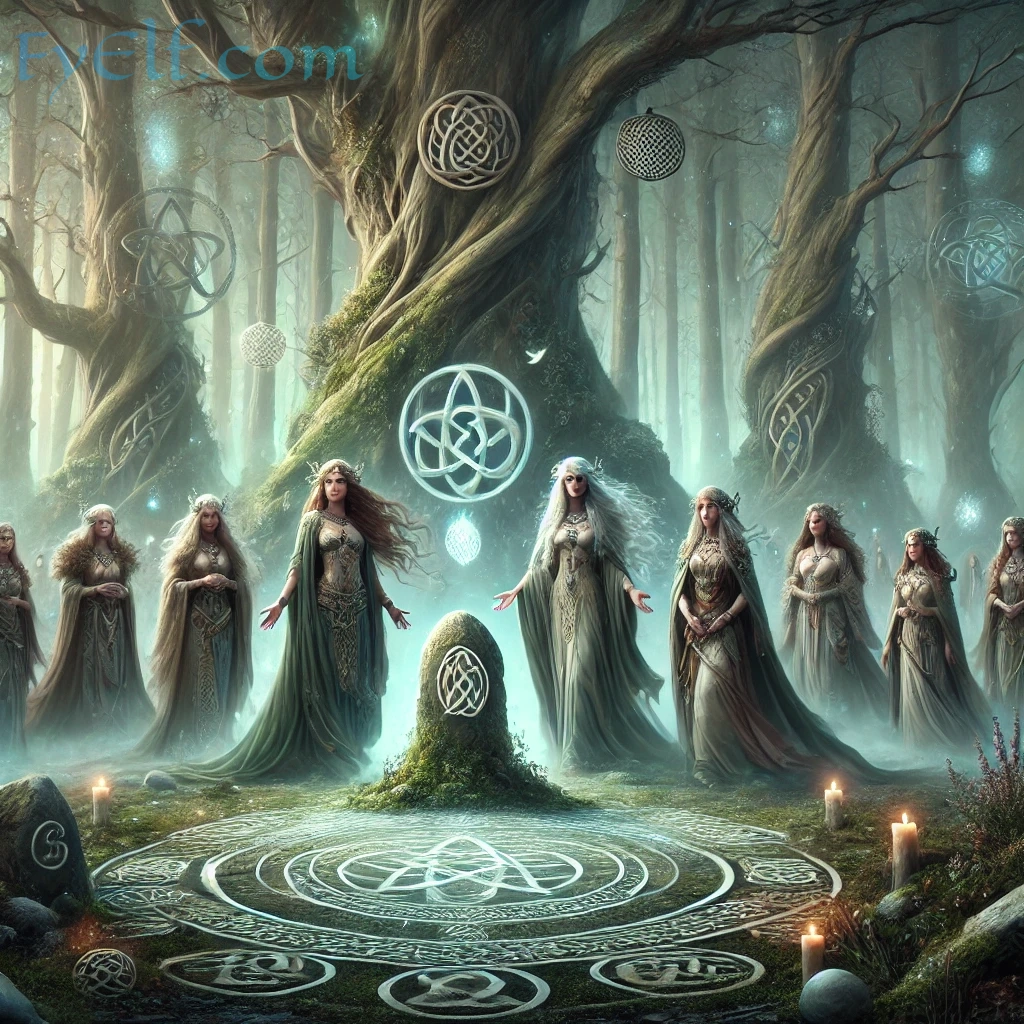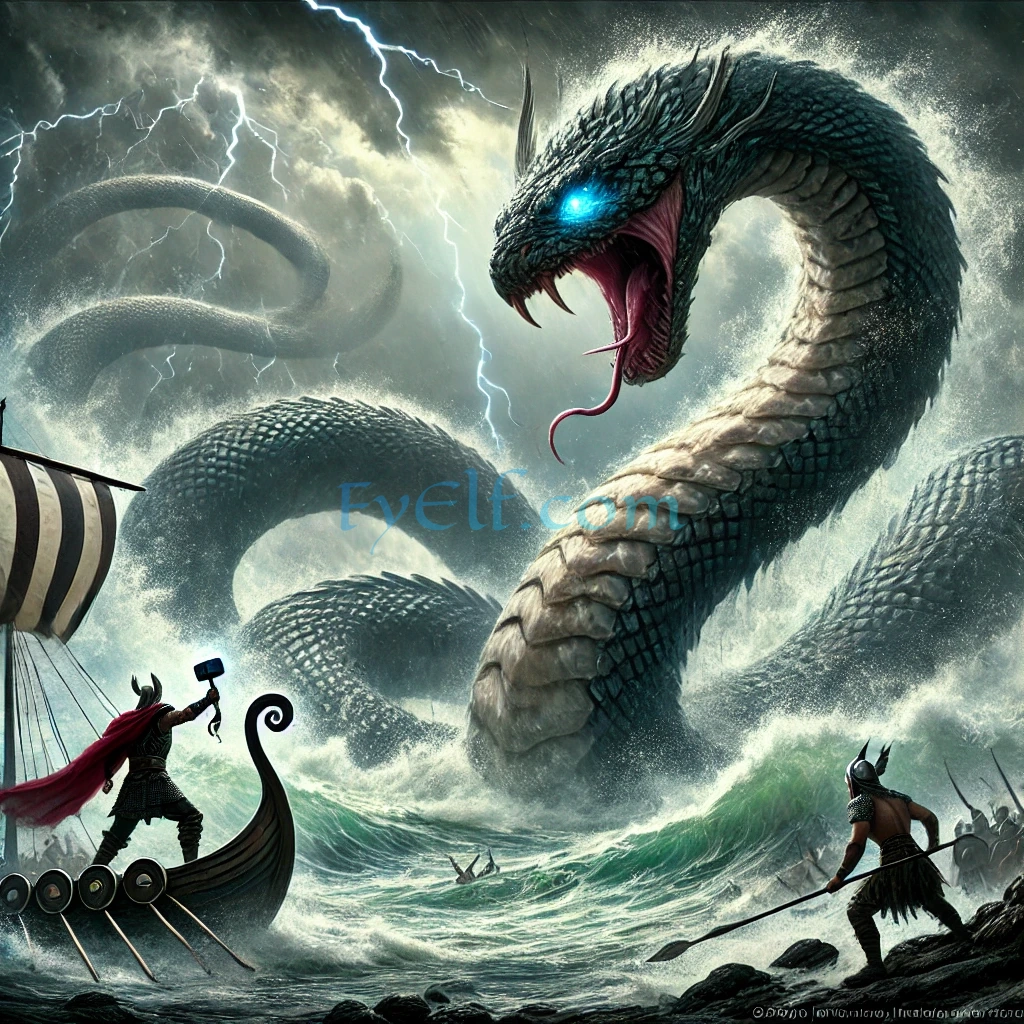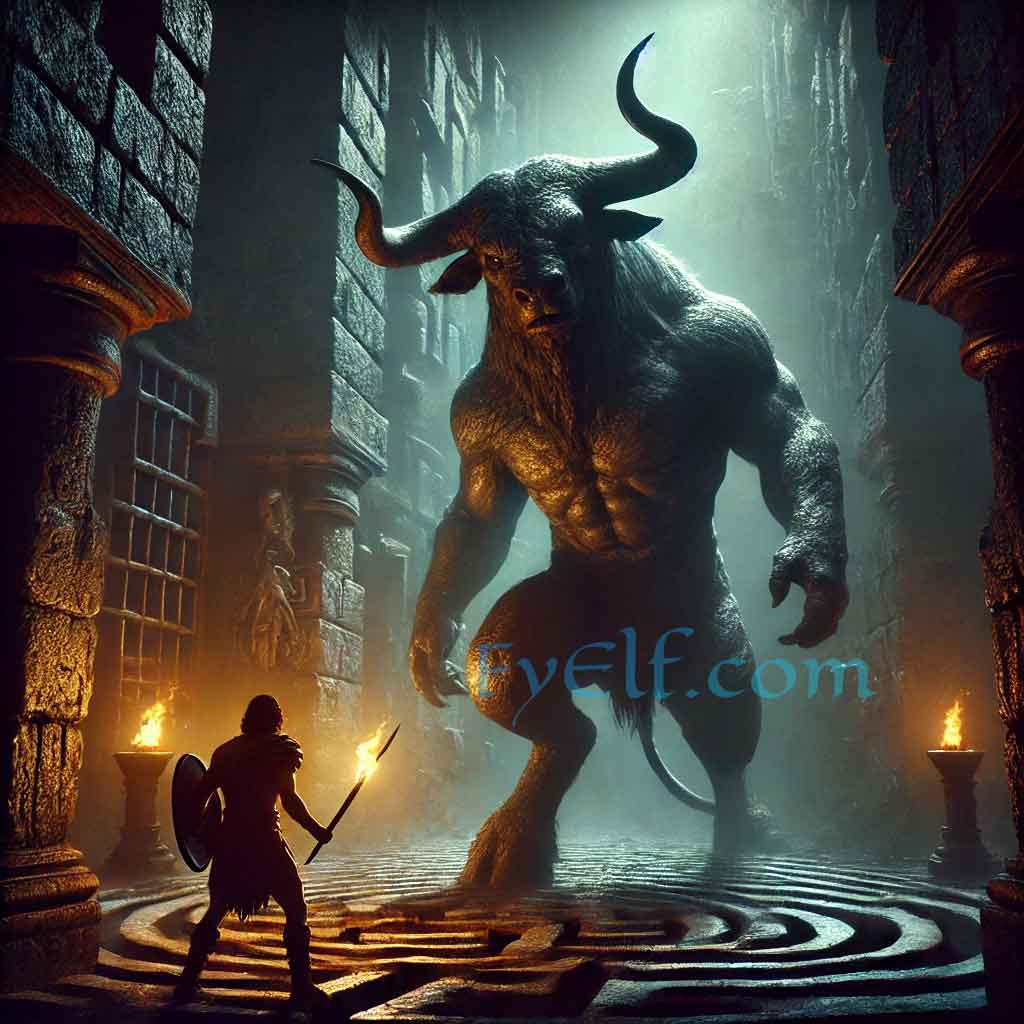Across different cultures, dragons are powerful symbols representing everything from prosperity and creation to chaos and destruction. Although they share some common features, the interpretation of dragons varies dramatically from one culture to another. Below, we explore the unique traits and symbolism of dragons in Chinese, European, and Mesoamerican mythology.
Norse and European Dragons
Jörmungandr: The World Serpent
In Norse mythology, one of the most iconic dragons is the Midgard Serpent (Jörmungandr). This sea serpent was so large that it encircled the entire Earth, biting its own tail in the classic symbol of ouroboros. Jörmungandr was seen as the embodiment of chaos and a harbinger of doom, destined to fight Thor, the god of thunder, during Ragnarok, the end of the world. This battle between Thor and Jörmungandr represents the struggle between chaos and order.
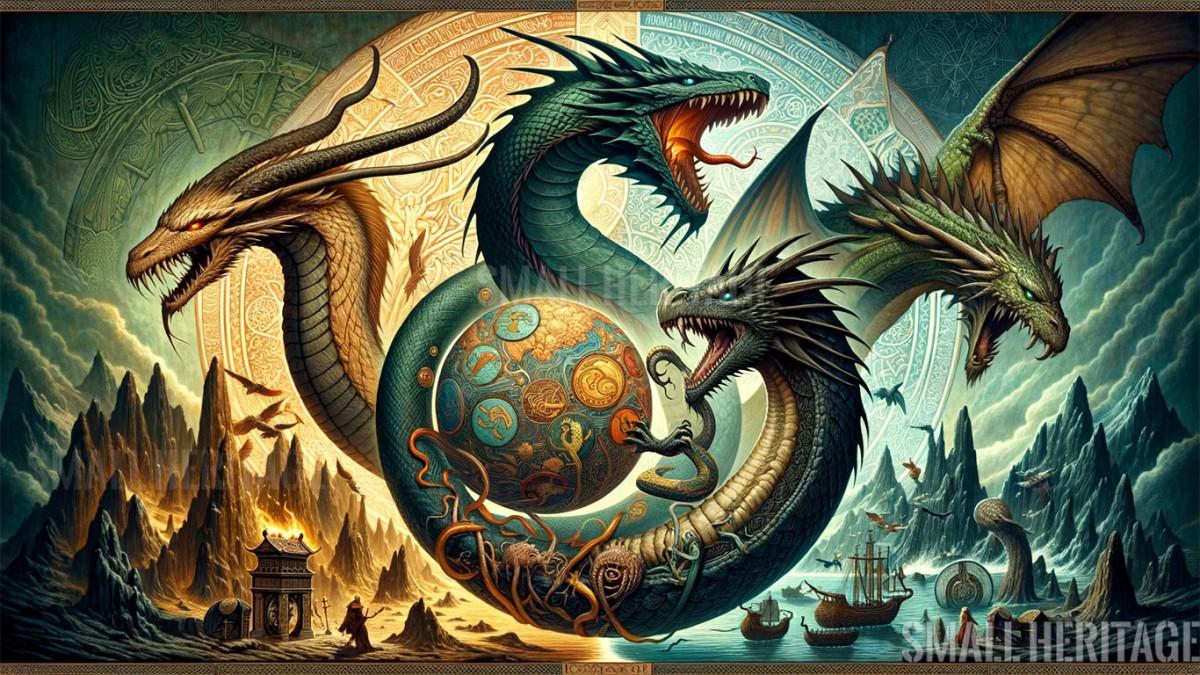
Dragons in Medieval European Legends
In medieval Europe, dragons were often portrayed as winged, fire-breathing creatures that terrorized villages and hoarded treasures. One of the most famous legends is that of St. George and the Dragon, where St. George slays a dragon to save a kingdom. In these stories, dragons represent greed, danger, and the destructive forces of nature. Medieval literature and art often depict knights battling these fierce beasts, symbolizing the victory of good over evil.
Dragons in Chinese Mythology
Chinese Dragon Symbolism
In Chinese mythology, dragons are revered as symbols of good fortune, power, and wisdom. These long, serpentine creatures are often seen flying in the clouds, controlling water and rain, and embodying the balance between heaven and earth. Unlike Western dragons, which are often depicted as malevolent, Chinese dragons are typically seen as protectors. The Lung (or Long) dragon is one of the most significant, representing imperial authority and the connection between the heavens and Earth.
Chinese New Year celebrations often feature dragon dances, where a long dragon puppet is carried through the streets, symbolizing the chasing away of evil spirits and welcoming prosperity for the new year.
Role of Dragons in Chinese Culture
Dragons in China also represent the Yin-Yang principle, embodying the balance of nature’s opposing forces. They were believed to control the rivers and seas, ensuring the fertility of the land. Emperors often associated themselves with dragons to legitimize their rule, depicting them as divine creatures capable of influencing the natural world.
Greek and Roman Dragons
In Greek mythology, dragons are often depicted as serpent-like creatures rather than the classic winged beasts of medieval tales. The multi-headed Hydra, famously slain by Heracles (Hercules), is one such example. Every time a head was cut off, two more would grow in its place, making it a symbol of insurmountable challenges. Another example is Ladon, the serpent that guarded the golden apples in the Garden of the Hesperides, which Heracles also defeated as part of his Twelve Labors.
Dragons in Middle Eastern Mythology
Tiamat, from Babylonian mythology, is one of the most ancient dragons and is often depicted as a chaotic sea dragon. As the goddess of the ocean, Tiamat represents both creation and destruction. In Babylonian legend, the god Marduk defeated Tiamat in battle, and from her body, he created the heavens and Earth, marking a victory of order over chaos. This theme of slaying the dragon to bring about cosmic balance echoes through many cultures and myths.
Dragons in Mesoamerican Mythology
Quetzalcoatl: The Feathered Serpent
In Mesoamerican mythology, the dragon-like creature known as Quetzalcoatl is a feathered serpent and a prominent deity in both Aztec and Mayan cultures. Unlike the destructive dragons of Europe, Quetzalcoatl is a god of wind, air, and learning. He is credited with creating humanity and bringing knowledge to the people. Quetzalcoatl’s unique combination of serpent and bird-like features represents a blending of the earthly and the divine, symbolizing the cycle of creation and rebirth.
Quetzalcoatl’s influence can still be seen today in Mesoamerican cultural traditions and architecture, particularly in ancient temple designs that often feature feathered serpents carved into the stone.
Dragons in Armenian Mythology
Vishap
The Vishap, often described as a dragon or serpent, is one of the most well-known mythical creatures in Armenian Mythology. In Armenian culture, Vishaps are often associated with water, mountains, and storms. These creatures are said to inhabit high places such as mountains and clouds, where they can control the elements. Vishaps can also appear as giant serpents or fish, symbolizing the untamable forces of nature.
Symbolism of Dragons Across Cultures
Despite the different cultural representations, dragons typically symbolize either creation or destruction, often reflecting the duality of human nature. In the East, dragons are viewed as protectors and bringers of fortune. In contrast, Western cultures see them as dangerous and greedy creatures, embodying the untamable forces of nature.
The dragon’s origins in global mythology show how deeply these creatures are embedded in human storytelling. From the wise and benevolent Chinese dragon to the chaotic beasts of European legends, dragons reflect our fears, hopes, and desires. While their meaning shifts from one culture to the next, they consistently embody the powerful forces of nature and the mysteries of the unknown.

